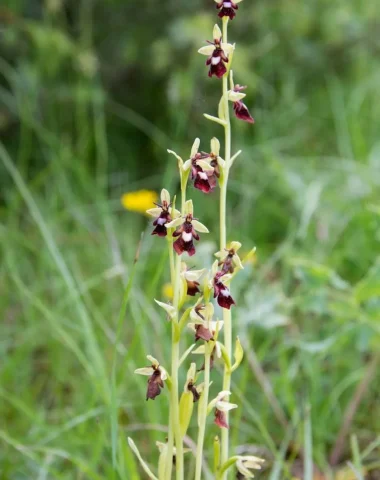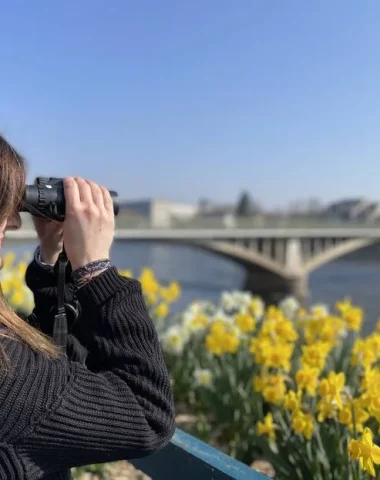Like me, you certainly hear their songs: they are the stars of spring. Who ? Birds of course! Their migration coincides with the leaves of the trees, which allows them to take advantage of the sharp increase in the insect population to feed.
Because yes, they are hungry and that's what they came for: at the end of their very long journey from their winter refuge, these birds only weigh half of their starting weight... So a swift could fly for six whole months without ask only once. Each year, a swallow travels approximately 10 kilometers.
The spring rays of sunshine made me want to be more interested in these heroes of the air. And to get to know them better, I called on the Bird Protection League (LPO). Several volunteers, Chantal Deschamps and Alain Boireau in the lead, responded to satisfy my curiosity by sharing their passion.
The discoveries made are so numerous that I offer you, not one, but two articles on the subject.
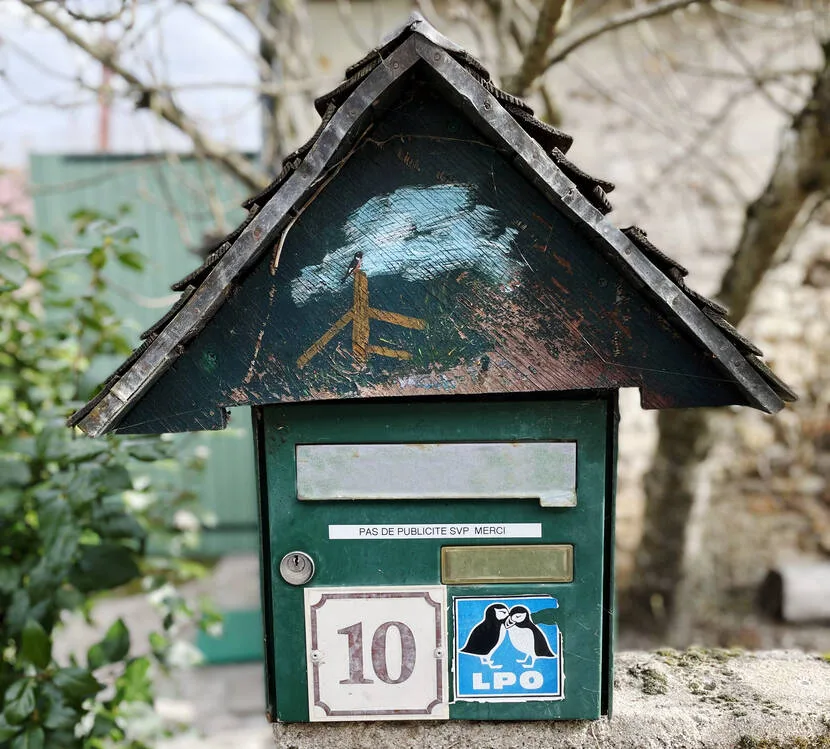
This week, direction Coussay les Bois, in the north of the department. Chantal welcomes me to the square Notre-Dame church. In 1999, it was the ecological disaster caused by the sinking of the tanker Erika that sparked a stir in this now local LPO correspondent. Since then, she has never stopped escaping into her countryside to meet gray wagtails and other black crows.
Jean-Paul Lancereau, also a volunteer, joins us.
The charming village has the particularity of having two churches, a legacy of its former status as a border between two provinces, Haut-Poitou and southern Touraine. In terms of built heritage, today's walk is also an opportunity for me to admire the native house of Father Coudrin, typically local tuffeau stone construction with balet staircase, as well as La Grelandière, beautiful 19th century building (photo below).
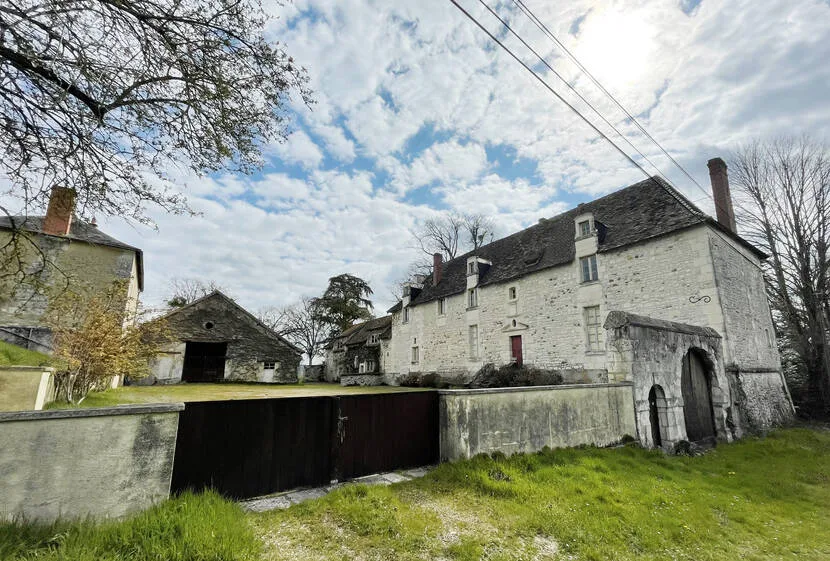
During our two-hour circuit, we take a grassy path, cross a small stream below a noble oak tree, enjoy a breathtaking view of the two bell towers from an agricultural plot high up, greet a rider out and about …
Jean-Paul keeps the accounts: in total, we come across around thirty species. Among them, many regulars of the bocage: the zizi bunting and its yellow and black striped head, the European greenfinch and its nuptial song close to the sounds of the canary...
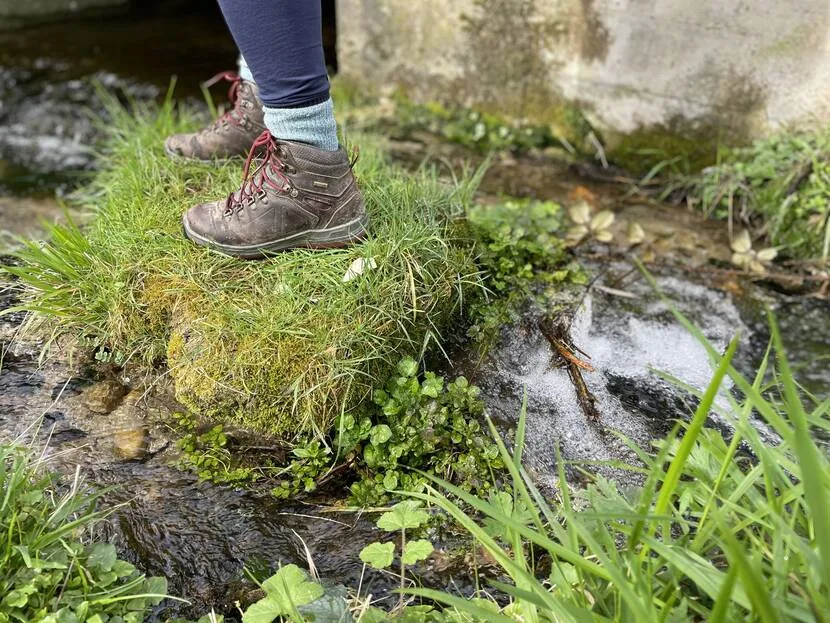
Beginner's luck, I witness a remarkable scene in the open field. “ A couple oflulu lark, endangered, is perched on an electrical wire with food in its beak. This means that these birds are nesting, in other words, making their nest, breeding and feeding the young. And at the same moment, we see two kestrels during the flight. Rare moments! », testify my amazed guides.
I ask Chantal why there are so many songs in spring. “ Longer days activate reproductive hormones in birds. However, the latter sing to charm and delimit their territory. », she explains to me.
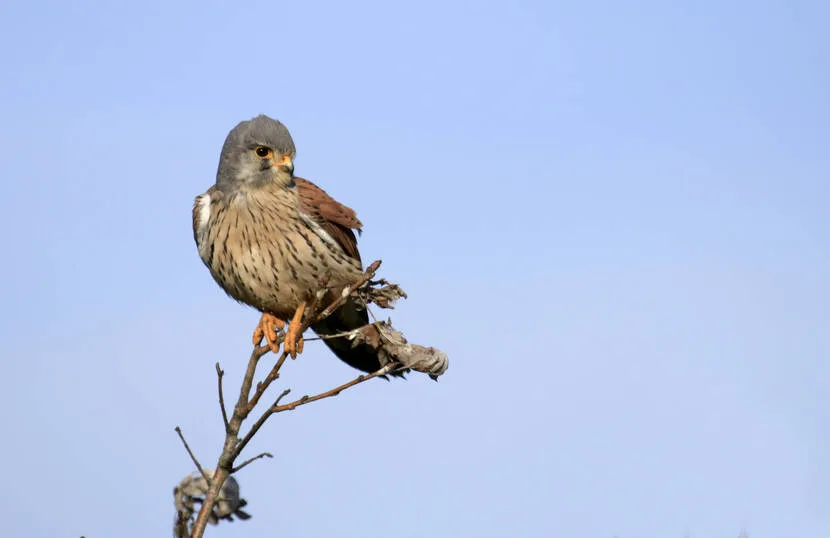
The night following my ornithological initiation, no doubt impressed by my feathered encounters, I had a truant dream... A black kite spoke to me whose song is the most melodious of all birds of prey. Its yellow, hooked beak articulated: “ I just came back from a long trip, I'm exhausted. But what a joy to find Grand Châtellerault again. Seen from the sky, the destination is so beautiful… I’m soaring! »
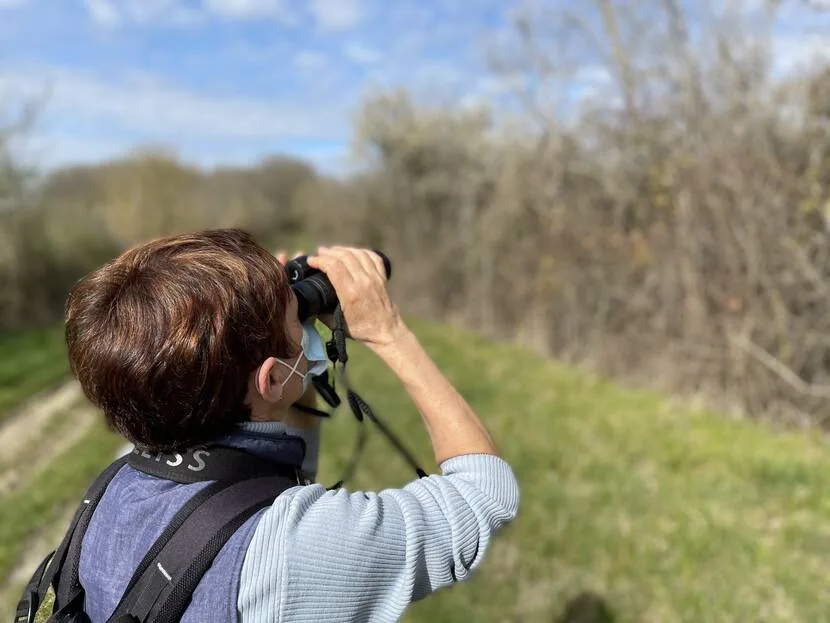
TIPS FOR WATCHING BIRD
The best period
With the arrival of summer migratory birds, spring (April and May) is the busiest season. However Jean-Paul Lancereau specifies: “ The month of March seems interesting to me for beginner ornithophiles because the absence of foliage makes observation easier and there are fewer songs. » Certain species are of course visible all year round.
Chantal Deschamps adds: “ Birds are more active in the morning because they are hungry after a night without hunting. » Which explains why most ornithological outings take place at the start of the day!
Equipment
• Sneakers, hiking boots or even boots for grassy paths if it rained the day before.
• A pair of binoculars proves particularly effective in distinguishing species without disturbing them. If you want to live an immersive experience, like in an animal documentary, the ideal remains the telescope.
• A practical guide to learn to recognize the winged people and their songs. The LPO has selected reference works, complete or introductory.
The recommendations
« Be patient and make as little noise as possible so as not to scare them. While wandering around, take the time to listen and observe them in order to try to identify them. A bird walk is different from a hike. », recommends my Châtelleraudais guide, Alain Boireau, with whom you will meet in my article for next week.
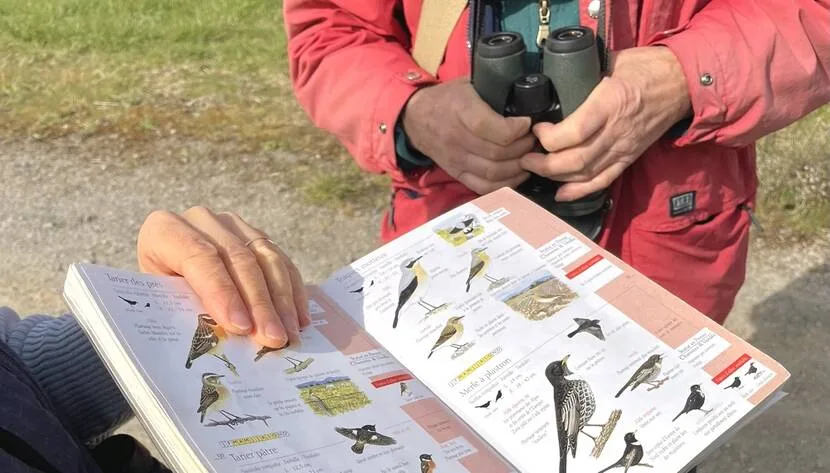
TO SEE AND DO IN GRAND CHÂTELLERAULT
The next LPO outings, guided and free
LPO volunteers’ favorite spots :
The Pinail Nature Reserve, the Green Line from Châtellerault to Loudun, the Châtellerault forest, the Ingrandes lake, the Bellefonds plateau, the Guerche forest, the banks of the Envigne, the Anglin valley... And of course the Saint-Cyr Ornithological Reserve.
All ornithological walks listed in Vienne
See you next week for a ornithological walk in the town of Châtellerault...
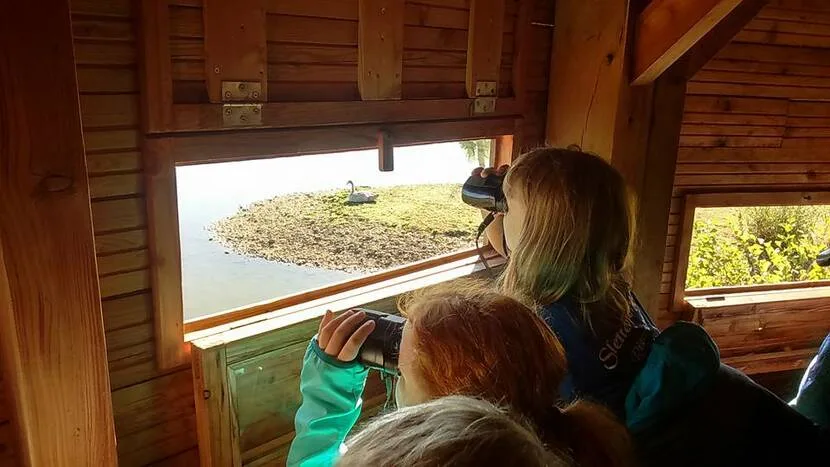
Doors wide open to the avifauna of Grand Châtellerault!
Thanks to Chantal Deschamps, Alain Boireau, Jean-Paul Lancereau, Françoise Mortreuil, Louis Dupas, Jean-Louis Lechat and Sophie Gauthier for their valuable help in the preparation of this article.
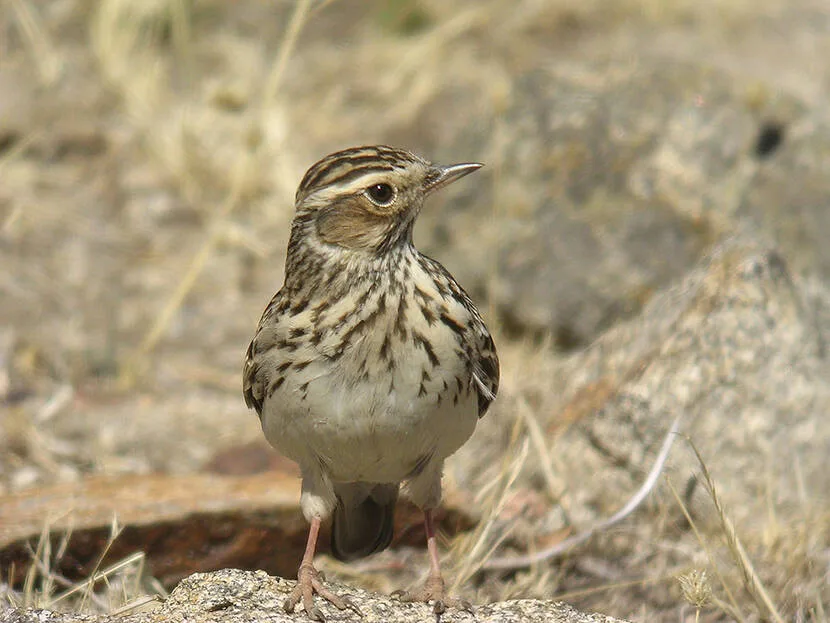
Themes
